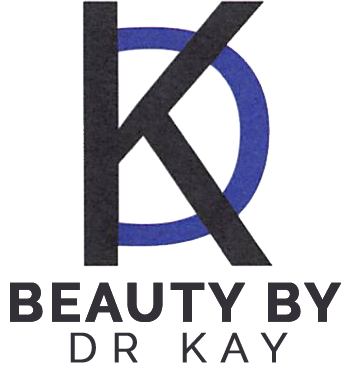When you think about keeping your skin youthful, you probably think of collagen, hydration, or sunscreen. Those are all important, but there’s something deeper that most people don’t even realize is at work: your mitochondria. These tiny “power plants” live inside every cell and create the energy that keeps your skin glowing, firm, and resilient.
Mitochondria make ATP, which stands for adenosine triphosphate. ATP is the universal energy currency of the body. It is the molecule your cells use to power nearly every function, from muscle contractions to cell repair. In the skin, ATP is what fuels fibroblasts to make collagen, keratinocytes to renew your skin barrier, and immune cells to control inflammation. You can think of ATP like a battery charge or a fuel tank for your cells. When the tank is full, your skin runs smoothly, repairs damage, and renews itself with ease. When the tank is empty, your skin slows down, looks tired, and does not respond as well to treatments.
Researchers now consider mitochondrial decline one of the major hallmarks of aging. Over time, stress, sun exposure, poor sleep, and even normal daily activity create oxidative damage. Unlike other parts of the cell, mitochondrial DNA does not repair itself very well, so damage builds up. The result is less energy for your skin cells, and that means slower renewal and less collagen. This is why skin often doesn’t bounce back the same way as we get older, and why treatments sometimes don’t work as well when the cellular “batteries” are low.
The good news is that you can protect and recharge your mitochondria. Movement is one of the best ways. Exercise encourages your body to build new mitochondria and make the ones you already have more efficient. Sleep is another key. At night, your body repairs damaged cells and restores balance, but only if you give it enough hours of deep, restful sleep. Stress management also matters, since high cortisol over time wears down your energy systems.
What you eat every day makes a difference too. Brightly colored fruits and vegetables are packed with antioxidants that protect mitochondria from damage. Omega 3 fatty acids from fish, walnuts, and flaxseed keep cell membranes strong. B vitamins, Coenzyme Q10, and NAD+ boosters all play important roles in how efficiently your cells make energy. When you nourish your mitochondria, your skin has the fuel it needs to renew itself.
Advanced therapies are also becoming more available. Red light therapy has been shown to stimulate enzymes inside mitochondria and give skin cells a direct boost of energy. Regenerative treatments such as polynucleotides act like messengers that tell cells to repair themselves, calm inflammation, and stay hydrated. These treatments don’t just improve the way skin looks on the outside—they actually improve the way cells function on the inside.
Think of mitochondria like the soil in a garden. If the soil is dry and depleted, even the best seeds won’t grow well. If the soil is rich and healthy, everything you plant thrives. Your skin is the same. Treatments are the seeds, but your mitochondria are the soil. When your cellular foundation is strong, your skin responds better, heals faster, and maintains its youthful structure longer.
Here are some simple ways you can take care of your mitochondrial health every day: move your body with a mix of strength and cardio exercise, aim for seven to nine hours of quality sleep, practice stress relief with mindfulness or deep breathing, eat a nutrient-rich diet with colorful produce and healthy fats, protect your skin from sun exposure, and consider supportive supplements like B vitamins, CoQ10, omega 3s, and NAD+ boosters if recommended by your provider. If you are ready for more advanced options, therapies like red light or polynucleotides can take your results to the next level.
Mitochondria are the hidden foundation of beauty. They give your skin the energy it needs to stay strong, repair quickly, and age more gracefully. By taking care of them, you are not just improving your skin today—you are investing in its long-term health and resilience.
One of my favorite products for this is the KD Skin Botanical Beauty Serum. It is packed with plant-based antioxidants that calm inflammation, fight free radicals, and create a healthier environment for your cells to thrive. By reducing oxidative stress, you are essentially protecting the “fuel tanks” inside your skin cells so they can keep making energy efficiently. Over time, this means stronger collagen, smoother texture, and skin that looks more refreshed.
Adding a serum like this into your daily routine is a simple but powerful way to support mitochondrial health from the outside in. When combined with good nutrition, exercise, sleep, and advanced therapies, it becomes part of a complete longevity plan for your skin.


